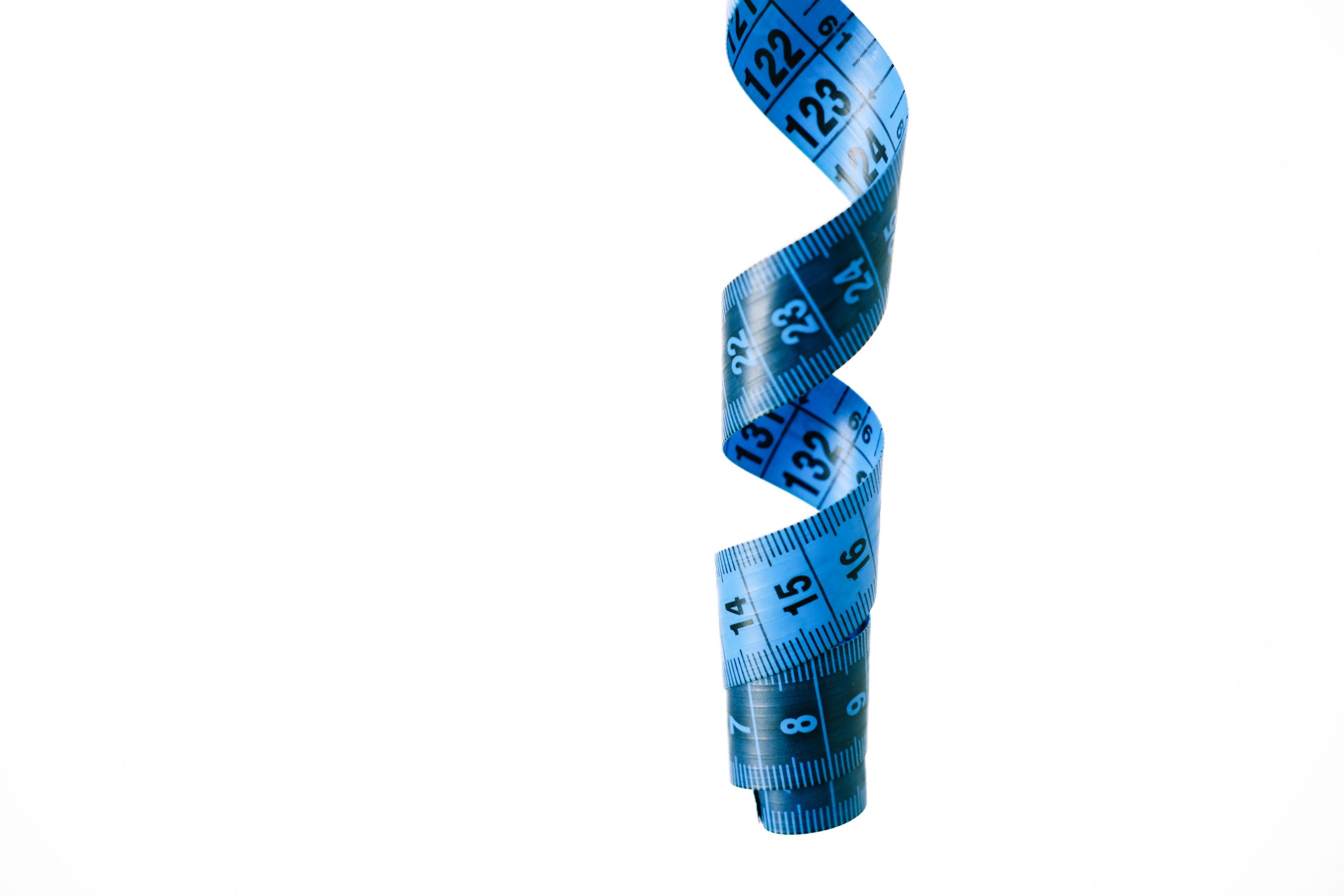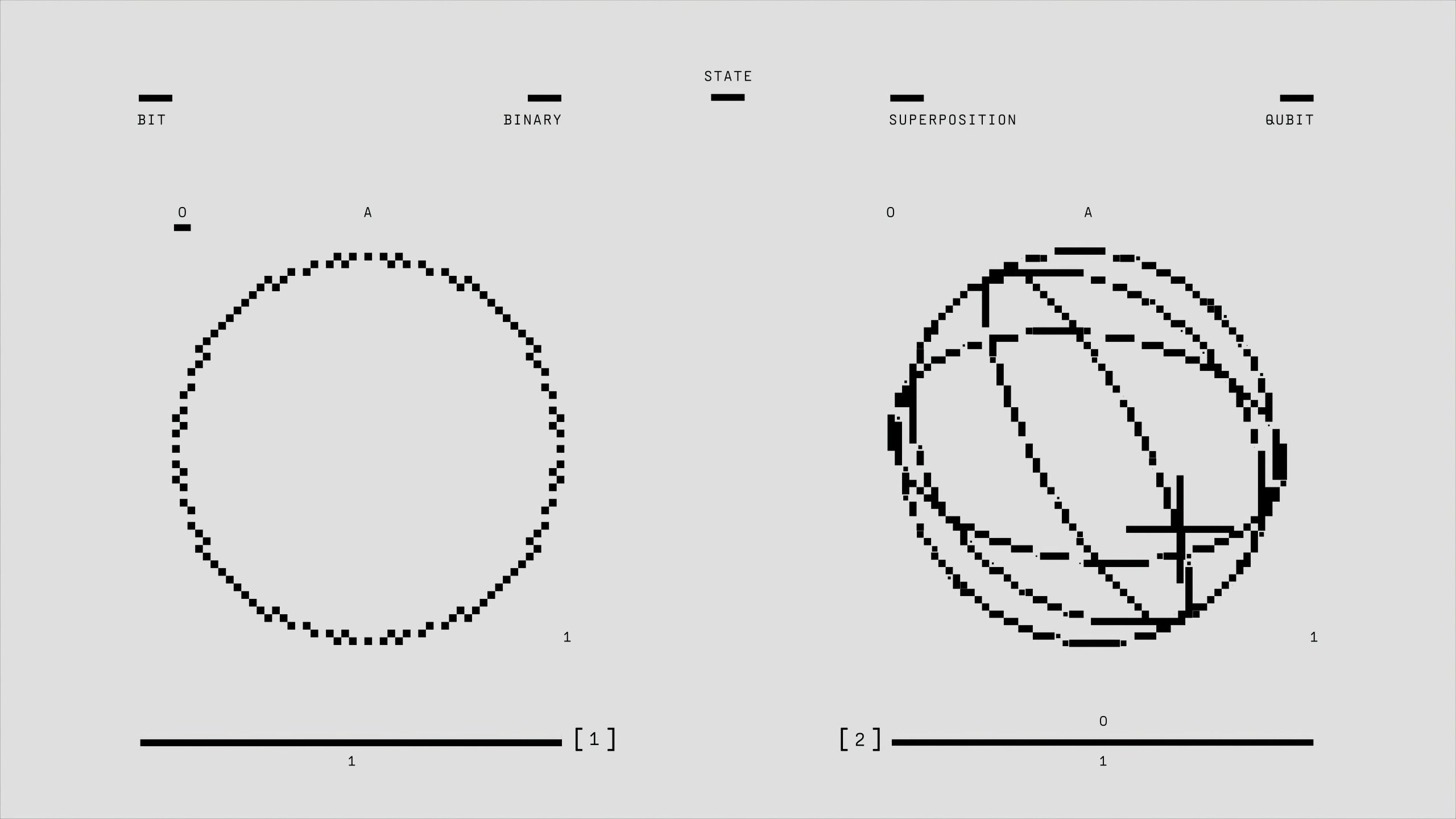Guess a number
Engaging Your Mind: The Classic Number Guessing Challenge
There’s a timeless allure to games that test our intuition and reasoning skills. One such game that has captivated people for generations is the simple yet intriguing game of guessing a number. It’s a mental exercise that transforms a straightforward concept into an engaging challenge, offering fun and learning in equal measure.
The Concept
The essence of the game is straightforward. One participant chooses a number within a predetermined range, keeping it under wraps, while another player attempts to pinpoint it, usually with a few hints like “higher” or “lower” after each guess. The challenge lies in narrowing down the possibilities using logic and strategy.
Why It’s More Than Just a Game
On the surface, this guessing game might appear to be just a light-hearted pastime. However, it holds deeper value. It promotes critical thinking, hones deduction skills, and enhances numeric intuition. Each guess requires the player to process information and adjust their strategy, making it an excellent exercise for developing problem-solving skills.
Bringing it to Life
To start, decide on a number range that suits the skill level of the participants. Beginners might prefer a range between 1 and 10, while those seeking a tougher challenge might opt for 1 to 100. Once the number is selected, the guessing begins. Encourage players to consider patterns and probabilities to refine their guesses.
Conclusion
Whether enjoyed around a table with friends or played as a quick mental exercise to pass the time, number guessing games are both entertaining and educational. So next time you’re looking for a stimulating activity that requires nothing more than a bit of thought, challenge someone to guess a number. It’s a simple yet effective way to engage your mind.








1 comment